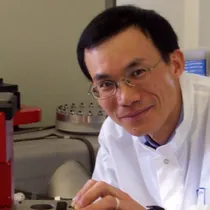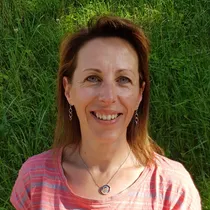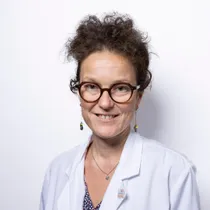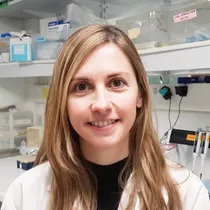- Home >
- Publications >
- A druggable copper-signalling pathway that drives inflammation
A druggable copper-signalling pathway that drives inflammation
Authors
Stéphanie Solier, Sebastian Müller, Tatiana Cañeque, Antoine Versini, Arnaud Mansart, Fabien Sindikubwabo, Leeroy Baron, Laila Emam, Pierre Gestraud, G. Dan Pantoș, Vincent Gandon, Christine Gaillet, Ting-Di Wu, Florent Dingli, Damarys Loew, Sylvain Baulande, Sylvère Durand, Valentin Sencio, Cyril Robil, François Trottein, David Péricat, Emmanuelle Näser, Céline Cougoule, Etienne Meunier, Anne-Laure Bègue, Hélène Salmon, Nicolas Manel, Alain Puisieux, Sarah Watson, Mark A. Dawson, Nicolas Servant, Guido Kroemer, Djillali Annane, Raphaël Rodriguez
Abstract
Abstract
Inflammation is a complex physiological process triggered in response to harmful stimuli
Teams

Members

RAPHAEL RODRIGUEZ
Directeur de recherche CNRS
TING-DI WU
Ingénieur de recherche Inserm
PIERRE GESTRAUD
Ingénieur de recherche
CHRISTINE GAILLET
Ingénieur d'études CNRS
FABIEN SINDIKUBWABO
Chargé de recherche CNRS
SEBASTIAN MULLER
Chargé de recherche Inserm
ALAIN PUISIEUX
Professeur - Médecin UVSQ
STEPHANIE SOLIER
Médecin







